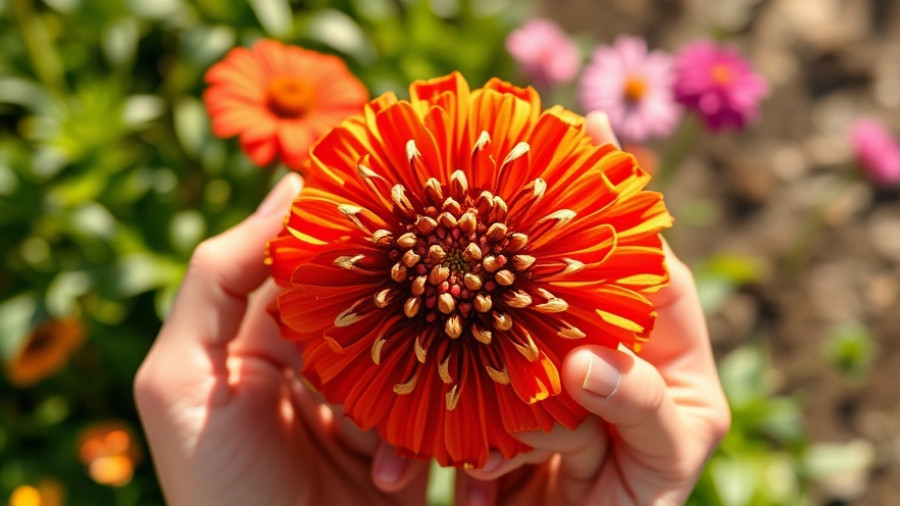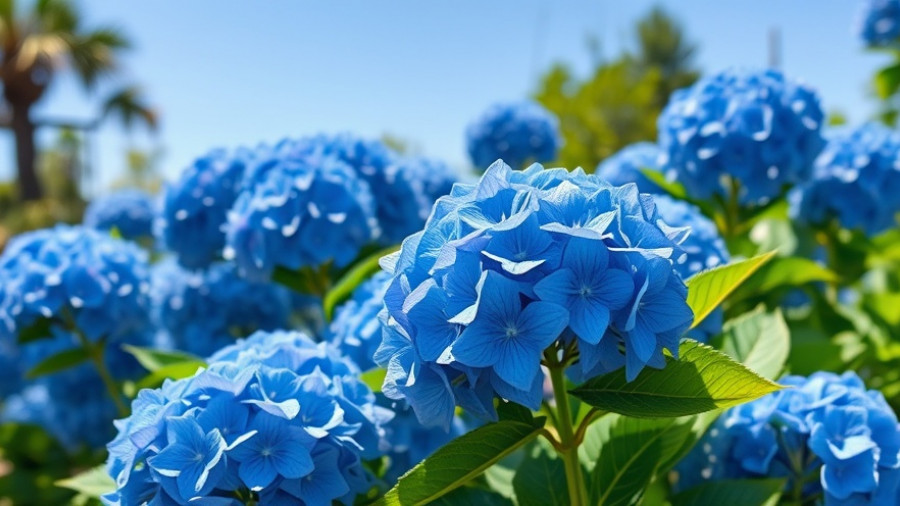
Unleash Your Creativity by Breaking These Garden Rules
Every seasoned gardener has their set of rules, learned through generations or widely accepted best practices. However, when we adhere strictly to these guidelines, we may inadvertently stifle our garden's potential for creativity and beauty. This year, let’s venture beyond conventional thinking and uncover the exciting world of gardening by exploring some rules worth breaking!
Embrace Edible Landscaping
One common rule dictates keeping edible plants separate from ornamental ones. Yet, many modern gardeners today are challenging this perspective by embracing edible landscaping. Picture vibrant kale mingling with sunflowers or blueberries nestled among daisies. This approach not only diversifies your garden aesthetically but also provides food right at your fingertips while inviting pollinators and beneficial insects to thrive.
Imagine walking through your garden and plucking fresh herbs and vegetables alongside enjoying the visual delight of blossoms. For instance, by incorporating climbing plants like tomatoes or cucumbers against a trellis bursting with petunias, you create a stunning contrast that is pleasing to the eye and the taste buds.
Mix It Up: Plant Height Doesn't Need to Follow The Rules
Traditional landscaping typically suggests placing taller plants in the back, with shorter varieties positioned up front. But breaking this norm can lead to a captivating garden design. By intentionally integrating varying heights, you not only create visual interest but also foster microclimates that benefit a wider variety of plants.
Imagine a riot of colors and textures, where flowers such as coneflowers and rudbeckias stand proudly beside creeping thyme or low-growing sedums. This arrangement offers habitat for birds and insects, enhances biodiversity, and encourages pest control without the need for chemical interventions.
Planting Times: Flexible to Your Climate
For years, gardeners have adhered strictly to frost dates when planning their plantings; waiting until after the last frost can feel a bit rigid. However, climate change has made these dates less predictable, often opening the door to conditions that are uniquely favorable for earlier plantings.
Consider monitoring weather patterns and soil warmth in your area to assess if you can plant a little earlier. Crops such as tomatoes can be nurtured to grow strong and productive, ready to yield under the right conditions—even if that means breaking the traditional rules.
Breaking the Monoculture Habit
Many gardeners believe in the concept of monoculture—planting the same type of plants in a given area to maximize efficiency. However, this can lead to depletion of soil nutrients and increased susceptibility to pests. Instead, a more diversified planting strategy can rejuvenate both your garden and soil health.
Consider rotating different types of crops or integrating flowering plants to support pollinators while enhancing the overall health of your garden. This method reduces reliance on chemical fertilizers and explicitly encourages a more sustainable space for plants to thrive.
Experiment with Garden Layout
Many novice and experienced gardeners alike rely on layouts which may feel restrictive or outdated. Instead of strictly adhering to organized rows, explore creative designs that reflect your personal touch. This playful approach allows for more appealing aesthetics and personal expression.
Try incorporating curves or asymmetrical shapes to make your garden feel more organic and inviting. Use natural elements like stone pathways, rustic benches, or unique planters to create focal points that encourage exploration and provide spaces for relaxation.
Takeaways: Embrace Change in Your Gardening Style
As we venture into the growing season, don’t shy away from testing boundaries and breaking free from the standard rules. Infusing your garden with creativity could lead to a more productive, vibrant, and joy-filled space. Consider the rules you’ve held onto for too long and don’t be afraid to mix things up!
Whether it’s integrating edible plants with ornamental ones, experimenting with heights, or creatively designing your garden layout—embracing flexibility can yield rewarding results. This year, give yourself the freedom to explore your garden in new and exciting ways!
 Add Row
Add Row  Add
Add 




Write A Comment